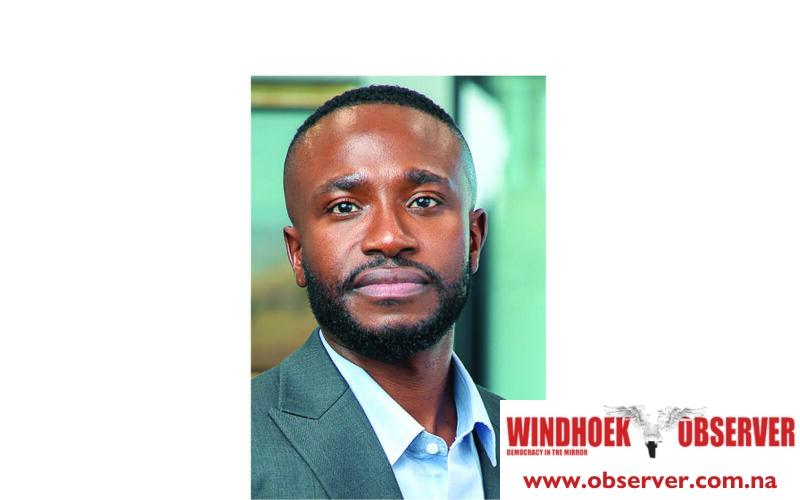Chamwe Kaira
Namibia’s real estate market is undergoing major changes driven by urban growth, shifting demographics and expansion in energy, logistics and tourism.
Despite high demand, the supply of residential and commercial properties remains tight, especially in Windhoek, Swakopmund and Walvis Bay.
Dominic Shikola, head of client coverage for business and commercial banking at Standard Bank Namibia, says the country must close the development finance gap to unlock its property potential.
“The demand for housing and commercial space is real, urgent, and growing,” says Shikola.
“But without innovative financing, collaborative partnerships, and municipal reform, the supply gap will widen, impacting affordability, economic growth, and social stability.”
He says the housing shortfall is severe.
In Windhoek, completed residential buildings dropped from 577 in 2024 to only 223 by mid-2025.
Swakopmund and Walvis Bay face similar shortages, with limited rental stock despite high demand from both local and foreign buyers.
On the commercial side, demand for office, retail, and industrial space is increasing as Namibia positions itself as a regional energy and logistics hub.
However, a shortage of serviced land and municipal delays in providing infrastructure continue to hinder large-scale development.
Shikola says that, despite a favourable macroeconomic outlook and a 25 basis point repo rate cut in October to 6.50%, developers still face difficulties accessing capital.
Many emerging developers lack the equity needed to secure bank loans, preventing them from starting or expanding projects.
“Municipalities are struggling to keep pace with infrastructure demands, resulting in delays that affect project readiness and viability. Additionally, developers lack structured access to institutional investors or asset managers who could co-finance or help de-risk projects, further compounding the challenge,” he says.
Standard Bank offers tailored development finance for residential and commercial projects, including loans for mixed-use estates, industrial parks, and affordable housing.
Bridge financing is available for land acquisition and infrastructure development, with repayment terms matched to project cash flows for flexibility.
Shikola says with the repo rate now at 6.50% and more mortgage rate cuts expected in December 2025, borrowing is becoming more affordable.
“This creates a window of opportunity for developers and investors to initiate projects that were previously unviable due to affordability constraints. The current interest rate environment, combined with strategic financing and partnerships, positions Namibia’s property sector for a potential resurgence,” he says.




